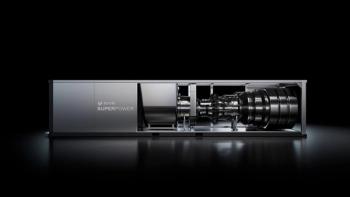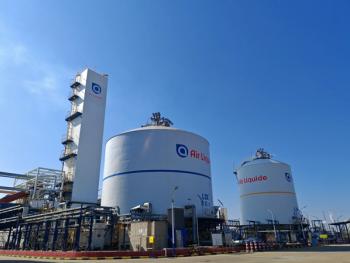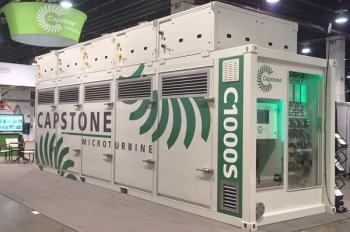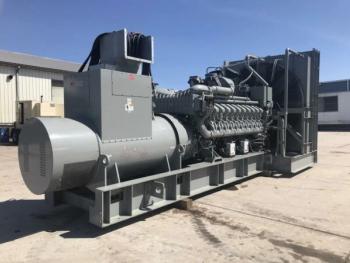Siemens Energy and Eaton developed a fast-track approach to data-center buildout with integrated onsite power: reliable grid-independent energy supplies and standardized modular systems. The collaboration enables the simultaneous construction of data centers and onsite power generation with grid connection and renewable integration, if required to meet regional regulatory requirements.
Key Takeaways
- Eaton and Siemens Energy are teaming up to build data centers faster by integrating onsite power.
- Their solution offers data centers a dependable, grid-independent power supply, adaptable for future hydrogen use.
- The partnership delivers a complete package, from power generation to electrical infrastructure, for quick and flexible data center deployment.
“Our approach of letting customers pick the right balance of energy sources is very flexible, and construction to start-up time is swift, with options to reduce emissions in both the short and long term, said Cyrille Brisson, Global Segment Leader, Data Centers, Eaton, a power management company. “Crucially, our approach offers data center owners and developers the opportunity to build capacity and bring it online fast in any location where they have land available that is close to gas, water, and fiber.”
The standard configuration of Siemens Energy’s modular and scalable power plant concept generates 500 MW of electricity, featuring SGT-800 gas turbines, redundancy, and additional battery storage systems. The size of the plant can be scaled up and down depending on its modular approach. In the future, it can also operate on hydrogen, if available. It also includes an optional emission-free clean air grid connection that can be installed either during construction or as a retrofit.
“We offer hyperscalers, co-locators, and investors a unique package, enabling them to reduce the time-to-market by up to two years in many places, which leads to significant revenue gains,” said Andreas Pistauer, Global Head of Sales at Siemens Energy’s Gas Services Business Area. “Our power plant design is built with redundancy, eliminating the need for backup diesel generators, and reducing CO2 emissions by about 50%.”
Eaton will provide customers with medium- and low-voltage switchgear, UPS, busways, structural support, racks and containment systems, engineering services, and software offerings to protect and enable IT loads from the medium-voltage grid to the chip and help accelerate building and commissioning data centers with skidded and modular designs.
In March, Turbomachinery International spoke with Felix Aschendorf, Sales Director Nuclear at Siemens Energy, to discuss the company’s role as Rolls-Royce’s “global turbine systems partner” for conventional technology for small modular reactors (SMRs), technical challenges, and nuclear trends. In February, Rolls-Royce SMR announced signing a supply partnership agreement with Siemens Energy. Under the agreement, Siemens Energy will supply steam turbines, generators, and other auxiliary systems for Rolls-Royce SMR's planned Generation 3+ modular nuclear power plants.
Karim Amin, a Siemens Energy Executive Board member, said we are experiencing a global nuclear energy renaissance. “Numerous countries are turning to nuclear technology to produce low-emission electricity, and SMRs will play a key role in this. Siemens Energy brings decades of experience in conventional equipment, while Rolls-Royce has the necessary implementation expertise. This perfect symbiosis enables us to shape the future of energy supply jointly."
We asked about the unique challenges and solutions involved in ensuring seamless compatibility and optimized performance within a standardized, modular framework compared to traditional large-scale nuclear plant integrations. Aschendorf said. “Siemens Energy is focusing on building certainty, performance, and cost optimization. As a result, we have also developed a module system for our combined-cycle power plant business. This modular approach has already been executed and operated onsite by our Gas Services team. We believe this approach will bring down construction times and costs. A challenge is to ensure a modularized approach where it provides a benefit on the one hand and a smooth operation and maintainability for the entire lifetime of the nuclear power station on the other hand.”






